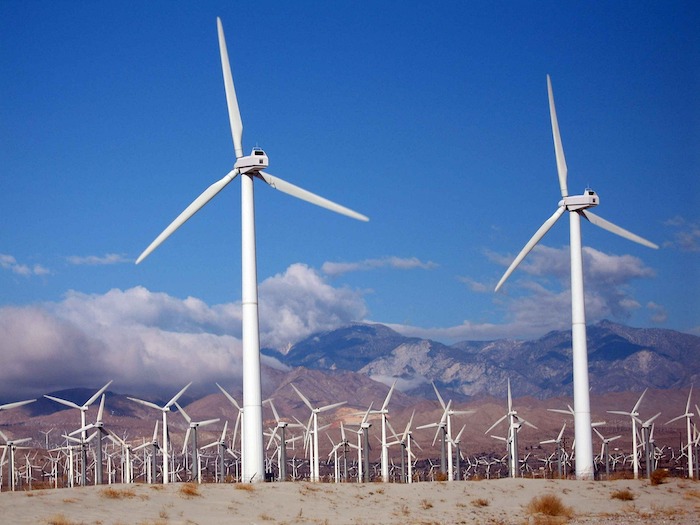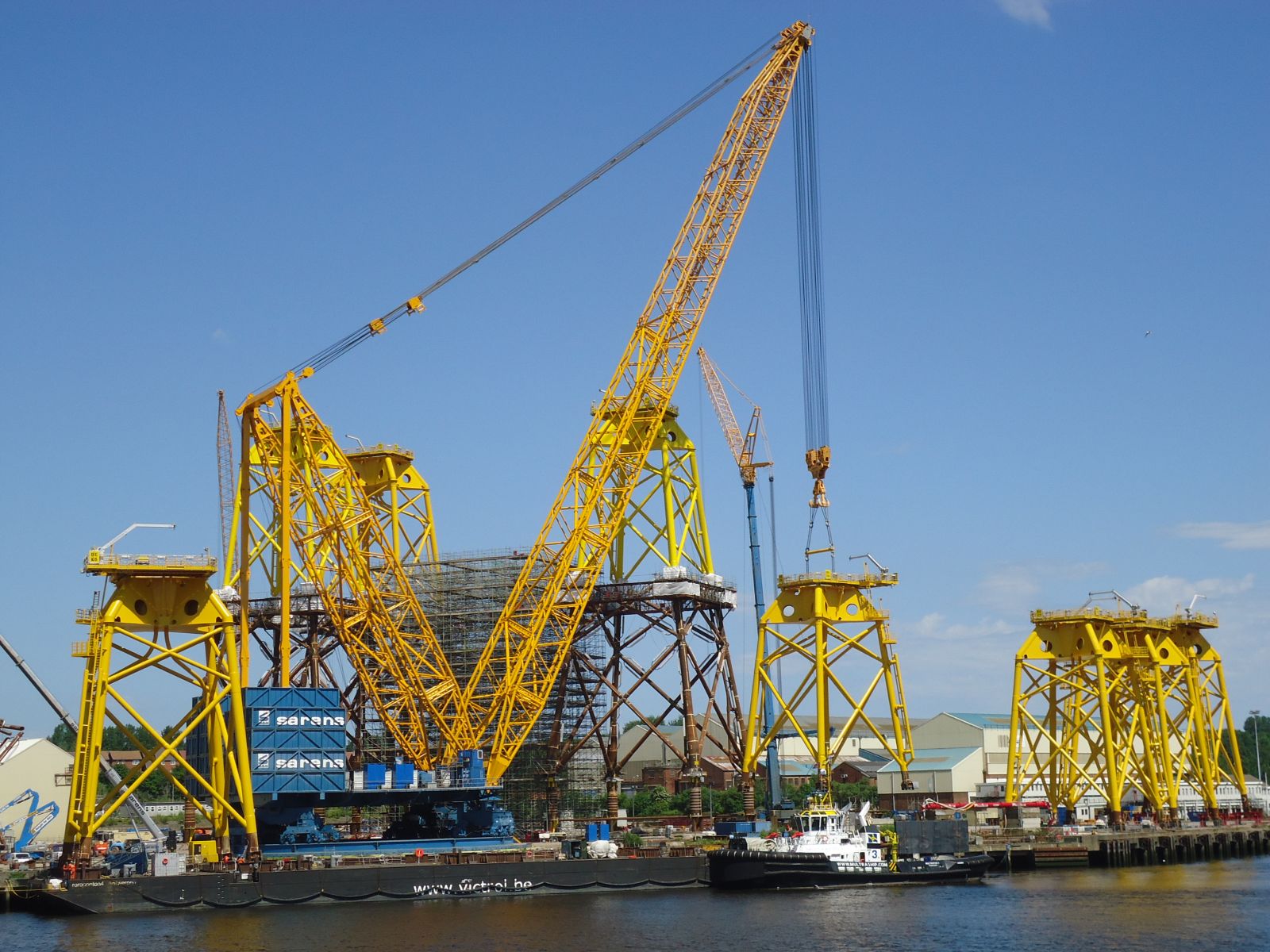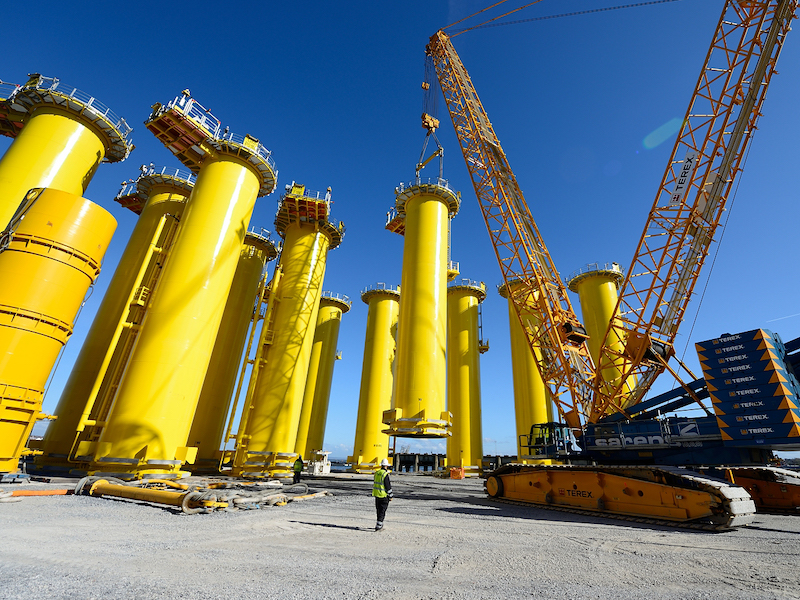Wind Energy Drives Sustainability in Canada
In recent years, a number of initiatives, both public and private, have been taken around the world to promote the reduction of greenhouse gas emissions and achieve better environmental conditions. The recent COP26 highlighted the need for governments around the world to take immediate and effective action to limit harmful emissions, and meet the targets set in the Paris Agreement, which includes reducing global warming by 1.5 degrees.
 Canada is no stranger to this need, with more and more of its citizens calling for greater use of clean energy in their daily lives. Canada is currently one of the world leaders in the production and use of energy from renewable sources, which now account for approximately 19 percent of all energy supplied.
Canada is no stranger to this need, with more and more of its citizens calling for greater use of clean energy in their daily lives. Canada is currently one of the world leaders in the production and use of energy from renewable sources, which now account for approximately 19 percent of all energy supplied.
The demand for this energy has also been growing exponentially. In 2009, renewable energies accounted for only 1 percent of all national consumption; by the end of 2020, this figure had already increased sixfold.
One of the most relevant sources in Canada, and probably the one with the lowest operating costs, is wind energy. It is an energy whose production does not generate emissions, does not produce waste in local waters, and allows energy to be stored effectively and efficiently so that it can be used on demand. Thanks to our country's orography, the number of onshore wind farms has continued to grow over the last few years; Canada is the ninth largest producer in the world, with approximately 14,300 MW at the end of 2021 (according to data from the Canadian Renewable Energy Association), compared to the 13,413 MW produced in 2019.
Thus, regions such as Ontario, Alberta, and New Brunswick already account for most of the facilities needed to produce and store the energy generated. These regions benefit financially, not only through the taxes collected by municipalities and local authorities for their presence, and by paying rent for the land on which they are installed, but also thanks to the generation of thousands of jobs in local communities.
The fact that the number of wind farms continues to grow is also a major boost to construction. Each of these wind farms requires foundation work, transport of the wind turbines (from where they are manufactured, to their subsequent hoisting), and placement in their final location. For these tasks, a prior study of the land where each of the wind turbines will be located is essential to ensure the viability of the installation. This also helps to maximize precision in the transport. Due to the magnitude of the infrastructure, specialized and purpose-built trailers and transporters are usually used to move these delicate components, often over distances of hundreds of kilometers.

One of the most delicate moments of the installation is when the wind turbine is lifted. Faced with multiple physical and environmental challenges, lifting the load is a challenge for the engineering teams; they have to use mobile cranes with longer than usual booms to lift loads of several tonnes, and up to 150 metres high, with the utmost precision. Overcoming all kinds of obstacles, such as travelling long distances, ensuring that the crane is stable enough to start the process, and positioning the wind turbine, are just some of the challenges that teams of wind farm installation experts have to face dozens or hundreds of times, depending on the scale of the wind farm.
Offshore wind energy as a new sustainable alternative
As a complement to wind farms built on land, recent alternatives have appeared in the coastal waters of countries around the world, to harness the power of the wind flows that occur in these areas. While Canada has not yet made use of this type of offshore wind farm, by the end of 2020, there were already 31 projects for their installation that should be operational in the second half of this year.
 As with onshore wind farms, these installations pose significant challenges. The first, and perhaps most complicated, is the need to connect the entire generation infrastructure to the grid, which is usually quite far from coastal areas. The installation and transport of the equipment is also a challenge, as it is necessary to load each wind turbine on barges, sometimes self-submersible, to facilitate the task. Then, each piece of equipment is either attached to the seabed (it is important to assess the depth of the water for this), or installed on floating structures; these tend to be more respectful of the seabed and ecosystem, and allow for faster and more efficient installation and dismantling.
As with onshore wind farms, these installations pose significant challenges. The first, and perhaps most complicated, is the need to connect the entire generation infrastructure to the grid, which is usually quite far from coastal areas. The installation and transport of the equipment is also a challenge, as it is necessary to load each wind turbine on barges, sometimes self-submersible, to facilitate the task. Then, each piece of equipment is either attached to the seabed (it is important to assess the depth of the water for this), or installed on floating structures; these tend to be more respectful of the seabed and ecosystem, and allow for faster and more efficient installation and dismantling.
Regardless of the type of installation - offshore, onshore, or floating offshore - all of this equipment requires frequent maintenance. Having the equipment and expertise to carry out that work, and only interrupting the operation of each unit for as long as necessary, can be an important competitive advantage.
Now is the time to act. Only with a strong commitment to wind power generation will Canada be able to stay ahead of the environmental targets that are essential for the coming years. This will require the commitment of all of us – companies, institutions, and individuals.
Jeff Chernish is Country Manager at Sarens Canada, which provides every level of lifting solutions, from bare crane rental, to turnkey projects with an all-in TCI (Transport, Craning, and Installation) service coverage.
Sarens | www.sarens.com
Author: Jeff Chernish
Volume: 2022 July/August








